
Linckia laevigata (Blue Sea Star)
Linckia laevigata
Linckia laevigata—the blue sea star—is an ophidiasterid asteroid conspicuo···
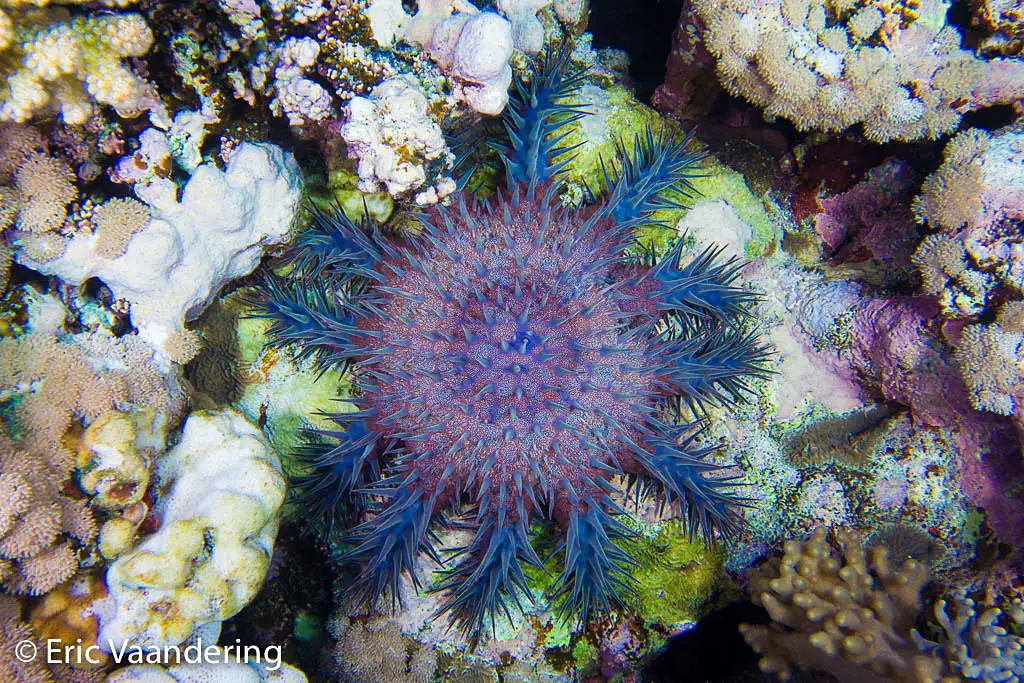
Crown‑of‑thorns Starfish
Acanthaster planci
Acanthaster planci—the crown‑of‑thorns starfish (COTS)—is a major coral ···
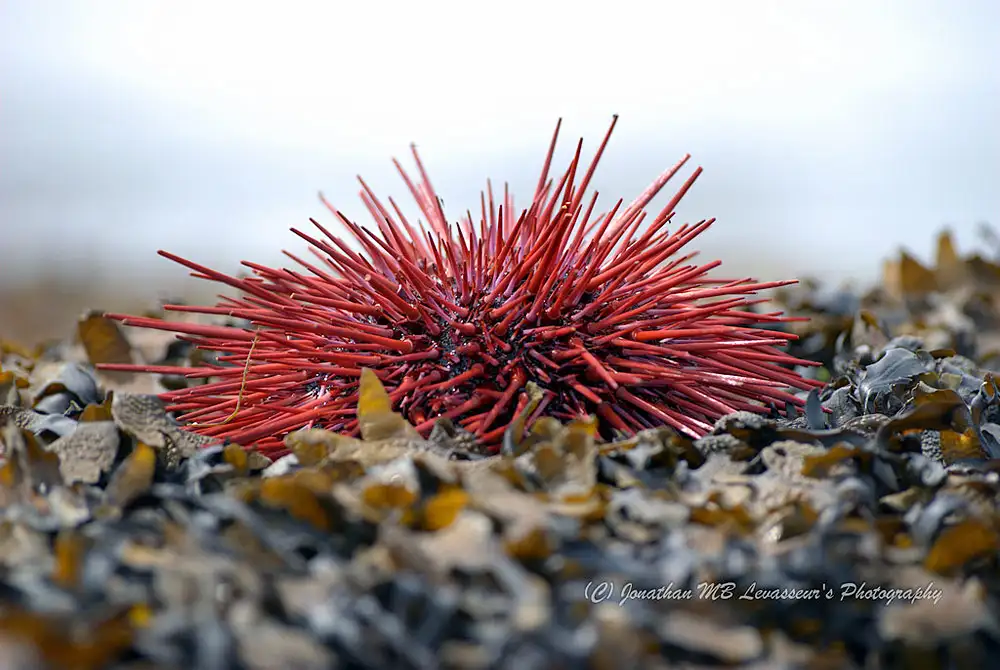
Echinoidea (Sea Urchins · Overview)
Echinoidea
Echinoidea—the class of sea urchins, sand dollars and heart urchins—belong···
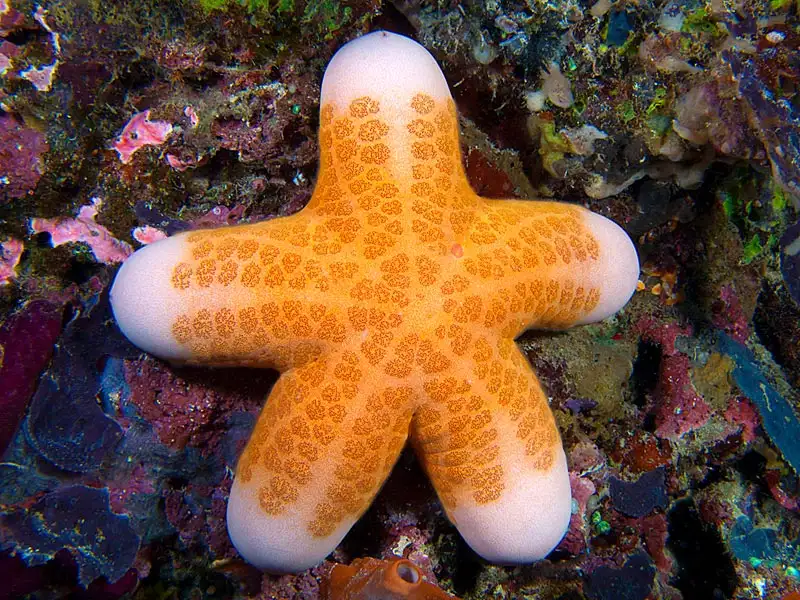
Choriaster granulatus (Granulated Sea Star)
Choriaster granulatus
Choriaster granulatus—the doughboy / granulated sea star—belongs to family···
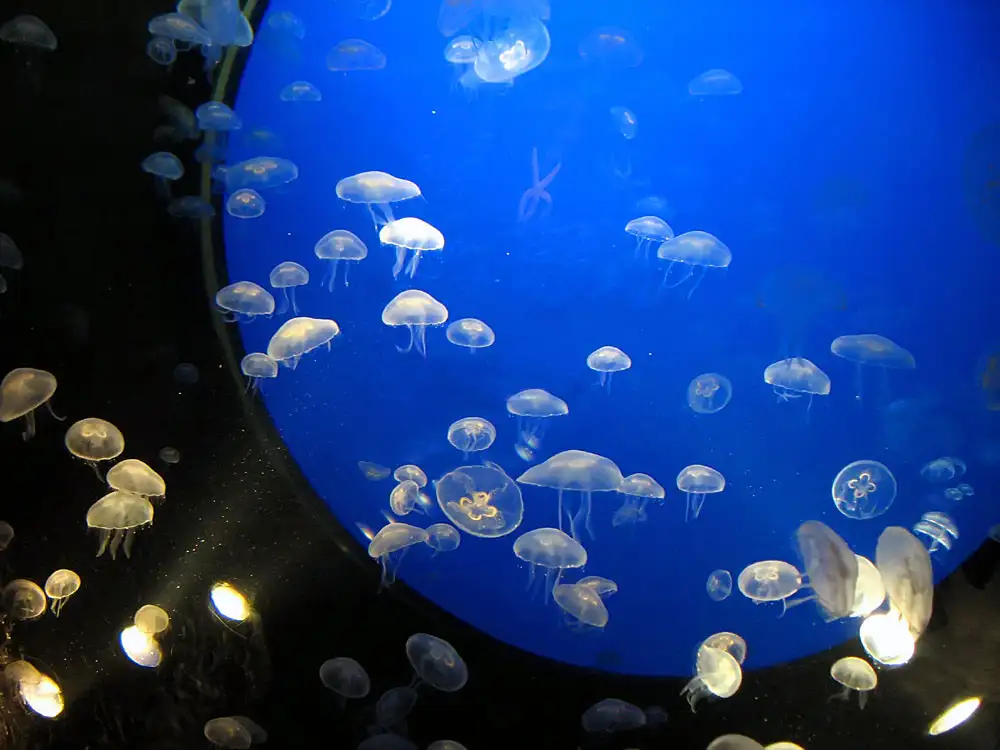
Scyphozoa (True Jellyfish · Overview)
Scyphozoa
Scyphozoa—the true jellyfish—are cnidarians whose life cycles are dominate···

Crinoids (Overview)
Crinoidea (crinoids)
Crinoids (class Crinoidea) comprise stalked sea lilies and unstalked feather···
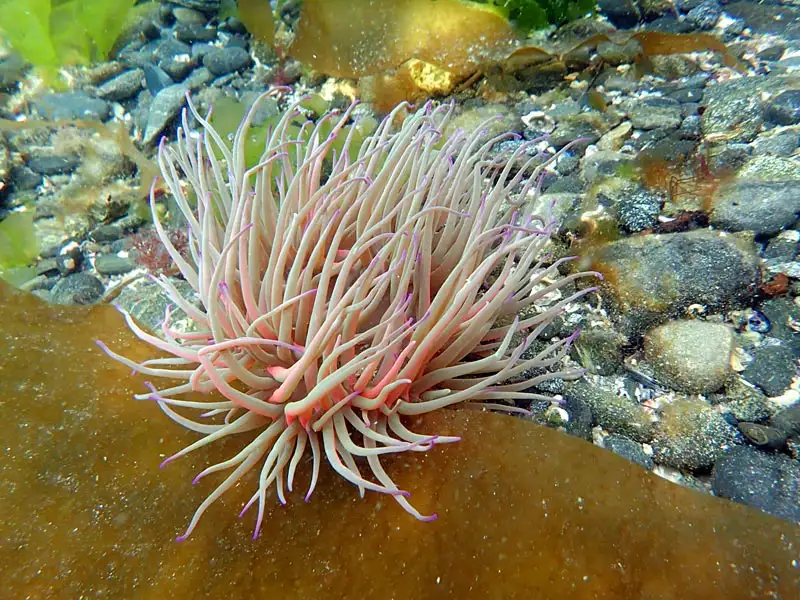
Sea Anemones
Actiniaria
Actiniaria (sea anemones) are anthozoan cnidarians that are typically solita···
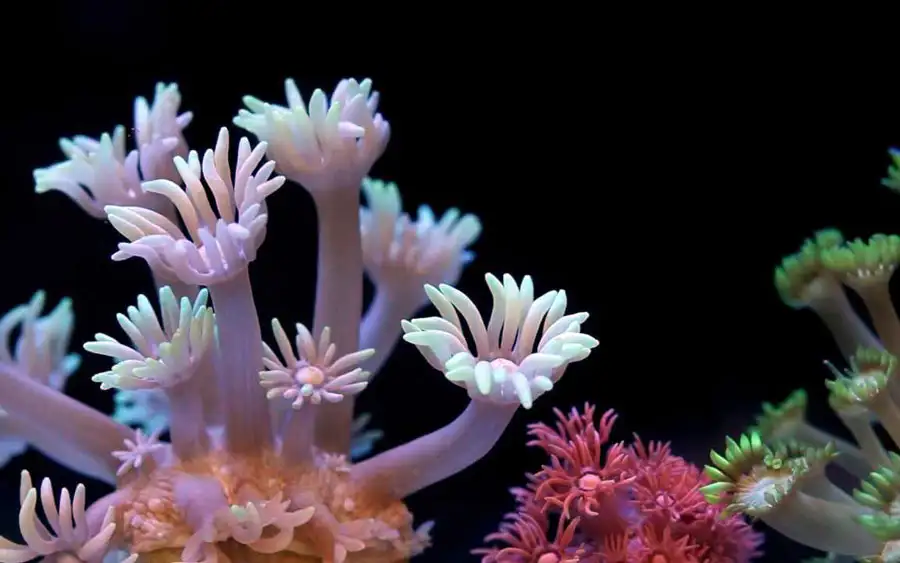
Lobed Flowerpot Coral
Goniopora lobata
Goniopora lobata is a classic “flowerpot coral” in family Poritidae (order···
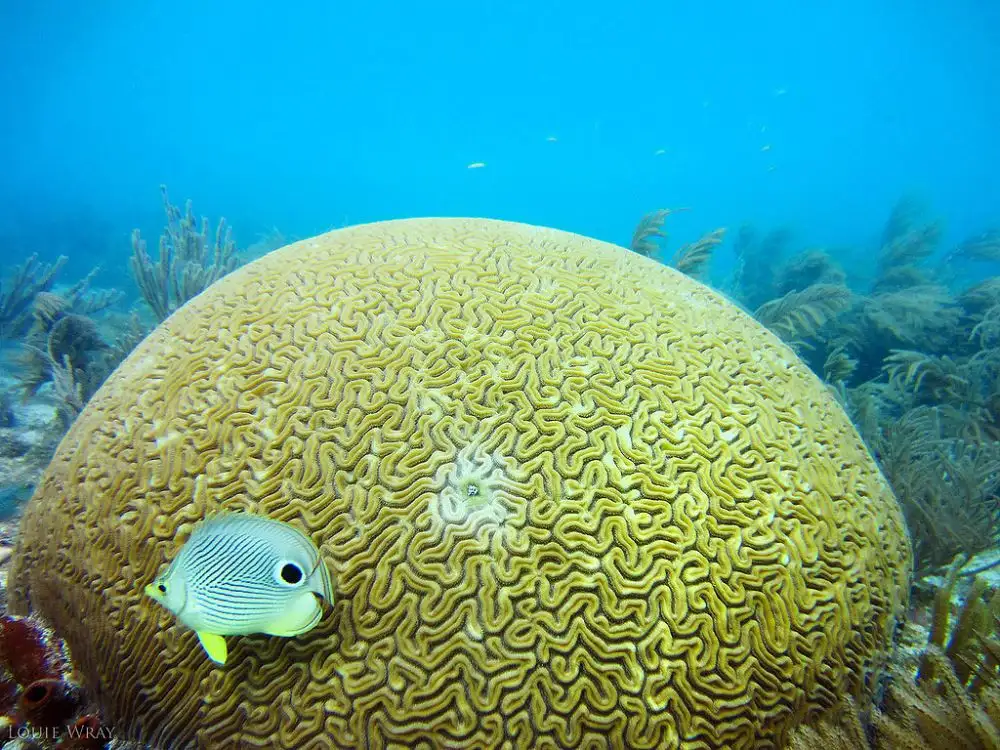
Open Brain Coral
Trachyphyllia geoffroyi
Trachyphyllia geoffroyi, the open brain coral, is a classic large‑polyp sto···
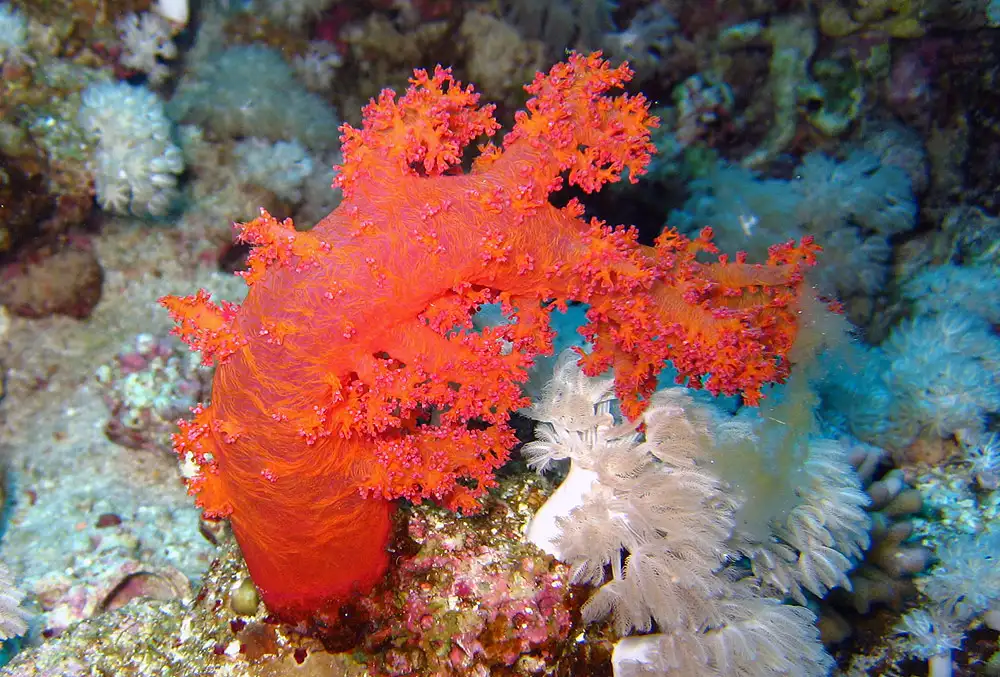
Carnation Soft Coral
Dendronephthya sp.
Dendronephthya sp. (carnation/tree soft corals) are azooxanthellate octocora···
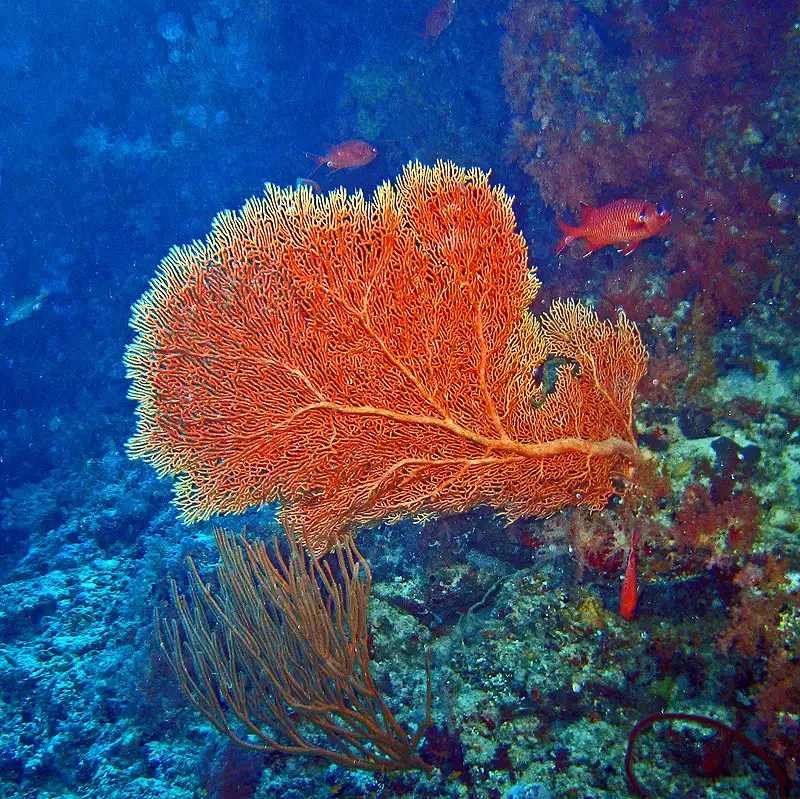
Yellow Sea Fan
Subergorgia suberosa
Subergorgia suberosa, commonly called the yellow sea fan, is a gorgonian‑ty···

Bubble Coral
Plerogyra sinuosa
Plerogyra sinuosa, commonly called the bubble coral, is a photosymbiotic ree···
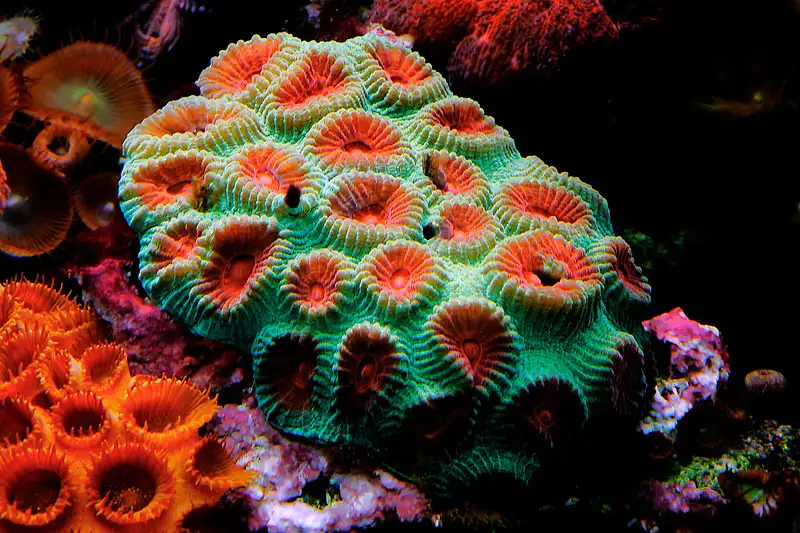
Elegant Honeycomb Coral
Favia speciosa (= Dipsastraea speciosa)
Favia speciosa (also cited as Dipsastraea speciosa) is a photosymbiotic, ree···
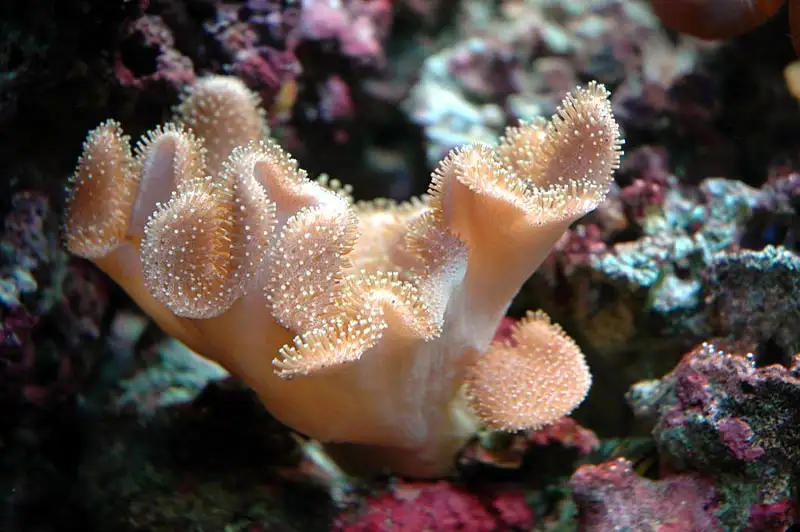
Elegant Leather Coral
Sarcophyton elegans
Sarcophyton elegans is an Indo‑Pacific leather (toadstool) soft coral in fa···
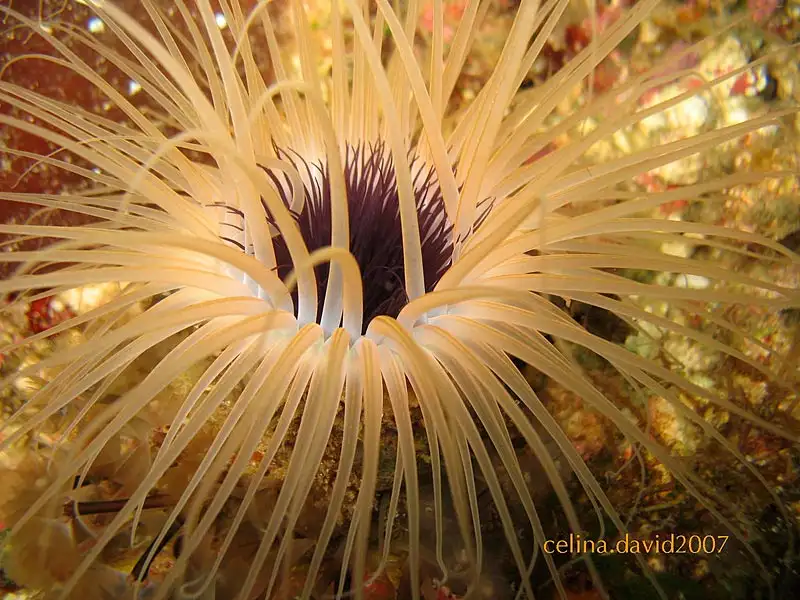
Tube-dwelling Anemone
Cerianthus membranaceus
Cerianthus membranaceus is a classic tube‑dwelling anemone (phylum Cnidaria···
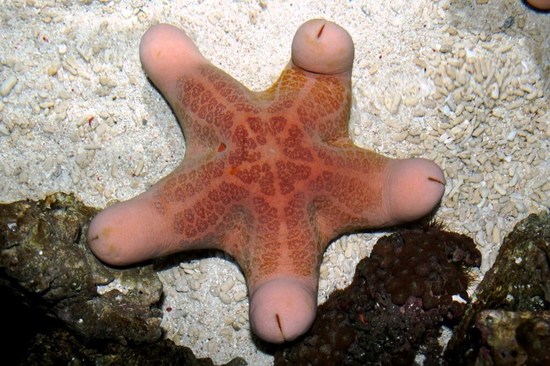
Zhenghaixing
Tumor starfish
Tumor starfish generally refers to starfish with a gentle temperament. Mainl···
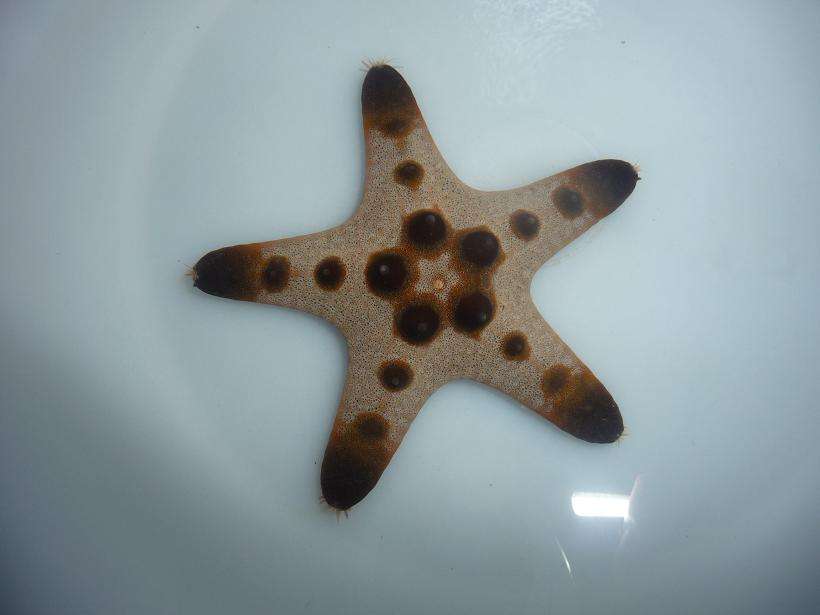
Tumor starfish
Zhenghaixing
Tumor starfish have extraordinary regenerative abilities. If a predator atta···
